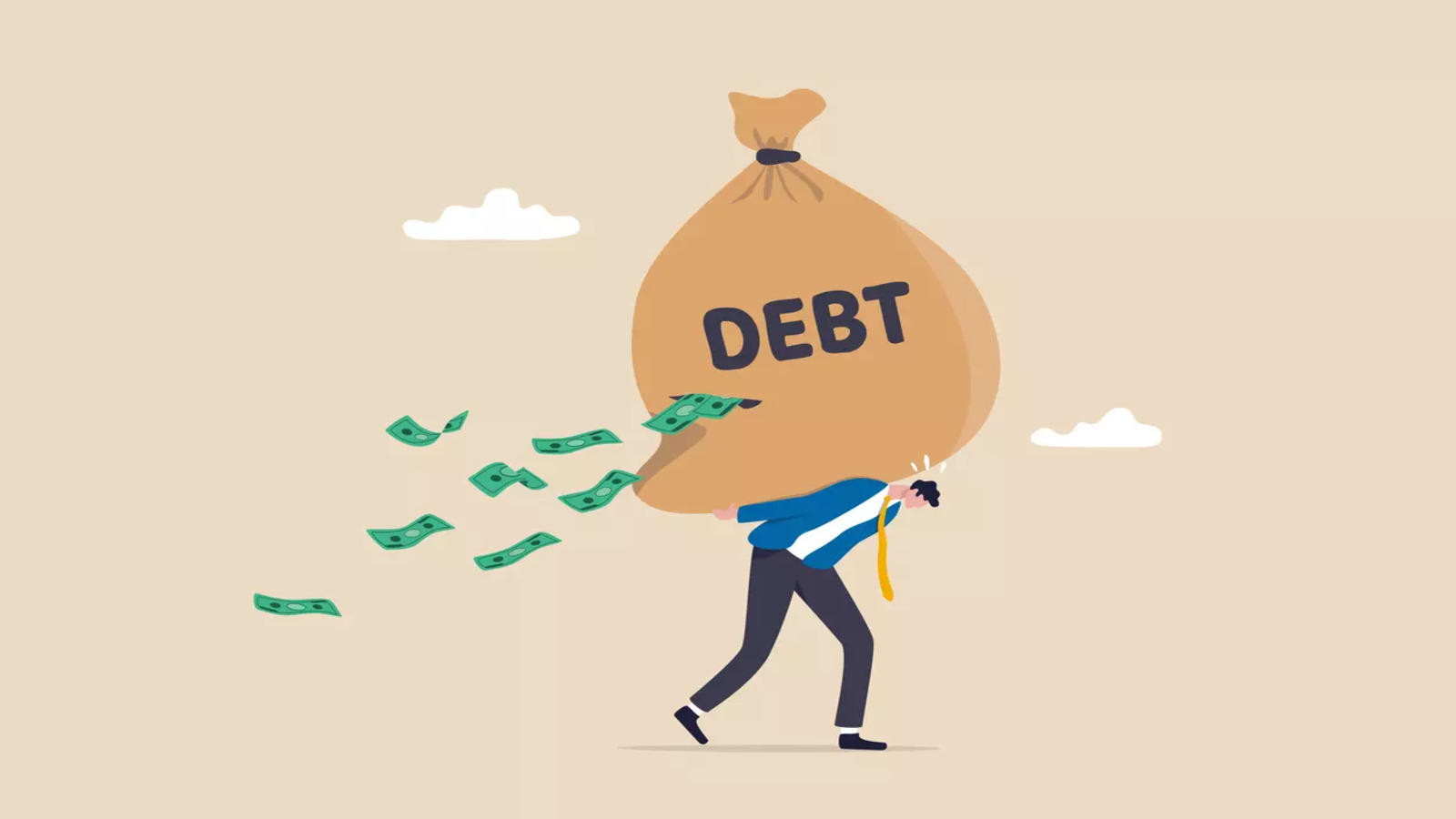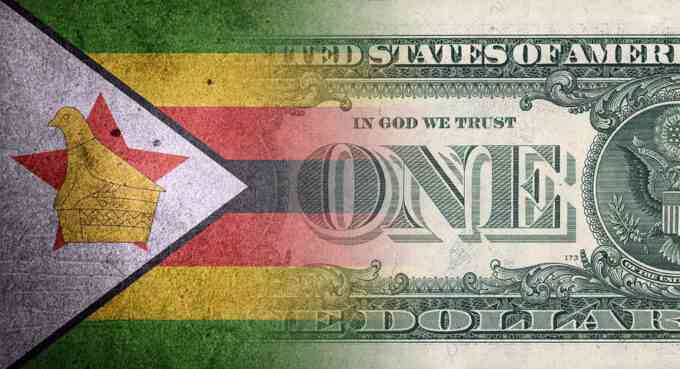
THE 2024 mid-term budget review has laid bare the severe debt distress Zimbabwe is facing, with arrears on principal and interest payments continuing to escalate. Penalties for defaults are also mounting, exacerbating the situation.
Compounding the problem, the country continues to accrue more domestic debt to finance its operations. According to the mid-term budget review, Zimbabwe's total debt stood at US$21 billion as of June 2024, a 19% increase compared to September last year. This comprises US$12,3 billion in external debt and US$8,7 billion in domestic debt.
The country owes the World Bank, the African Development Bank and the Paris Club, among other creditors. Zimbabwe’s debt repayment efforts have also been sluggish, with the country managing to pay a mere US$24,56 million to external creditors between January and May this year. This falls far short of the staggering US$12,3 billion external debt. Servicing this debt will mean that other essential infrastructural developmental projects are not financed. Excessive borrowing imposes a high debt service bill, which would see resources diverted from potential growth-enhancing sectors to service public and publicly guaranteed debt.
Due to high levels of indebtedness, the country has been denied access to fresh lines of credit because it has defaulted. As a result, the nation has lost several funding opportunities from international creditors, which has forced it to either suspend or cancel many projects. The stalled projects include the US$500 million Rapid Social Response Programme and the US$10 billion Infrastructure Crisis Facility. High debt levels increase the country's risk; they force lenders to charge high interests on public and private sector borrowing.
In as much as the government is allowed to borrow, some of the debts acquired are questionable. For instance, the government had assumed a number of State-run firms’ debts amounting to billions of United States dollars without determining how the arrears were accrued, thereby fuelling corruption and misallocation of resources.
Some of these include Ziscosteel’s US$500 million and the Reserve Bank of Zimbabwe’s US$1,4 billion debts. The government refused to disclose the identity of the central bank's debtors, but instead passed on the debt to the ordinary taxpayer. Investigations have shown that the beneficiaries included Zanu PF officials and cronies. As a way forward, there is need for a public debt audit to ascertain how a debt of US$8,7 billion was accrued and also to determine the social and economic impacts of the loans on ordinary citizens.
The process has to be public, transparent, all-inclusive and participatory. This, according to the Zimbabwe Coalition on Debt and Development, will further determine the social and economic impact of the loans on ordinary citizens and will inform any future loan contraction process. The legitimacy of the debts will also be determined by such an audit. The government should publicise the conditions agreed upon the finalisation of any loans. There should be no secrecy. It should implement transparent debt management practices, enhance fiscal discipline, and promote efficient budget allocation. These are essential steps towards improving debt sustainability in the medium to long term.
- Mavhunga puts DeMbare into Chibuku quarterfinals
- Bulls to charge into Zimbabwe gold stocks
- Ndiraya concerned as goals dry up
- Letters: How solar power is transforming African farms











